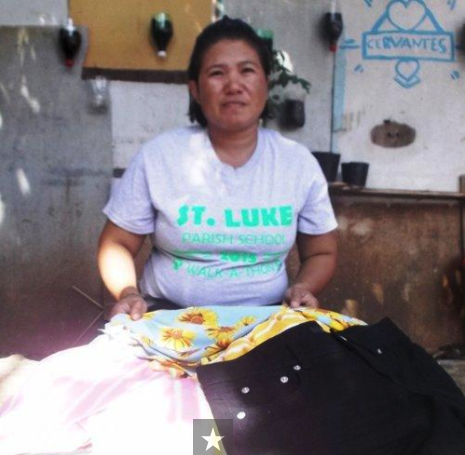A loan for a good cause
CIS’s Kiva microlending club was first set up in 2018 to help students learn about the realities of economies for the “unbanked” - people with too little money to start a bank account or who live too far away from a bank. This is a common situation in many parts of the world. Mr Bryn Barnard, teacher mentor of the club, explained:
“Kiva crowdfunds money from individuals around the world to make microloans to people who: want to expand a business, improve household sanitation, send a child to school, or a range of other life necessities too small for a bank loan. At CIS, students collect money from their peers and deposit it in the CIS Kiva Paypal fund.
“The students then research potential borrowers and create live presentations about their country, culture, and economic situation. Every month, club members will vote on whom to extend a loan to. Kiva then partners with local field partner agencies that will distribute the money and ensure loans are repaid. Repayment rates are on an average of around 98%, which is far better than traditional banks.”
The inaugural student leaders
Haizea G, who was one of the club’s co-presidents with Arjun G when it was formed in 2018 and has since graduated, told us that she had joined the club because it allowed her to utilise the knowledge she gained from her business management class. They both saw the Kiva microlending club as a way to improve their creative and problem-solving skills.
Building a strong pool of funds
Since the Kiva microlending club was newly set up, the biggest challenge for Haizea and Arjun was securing funds. It was Arjun's idea to have a Kiva statistic candy jar guessing game. He took a jar around the canteen at lunch and asked students to guess the number of candy pieces in his jar. The number corresponded to a Kiva statistic (eg how many people has Kiva lent to). The correct guesser won the candy. This generated a lot of the club’s initial funding.
Haizea and Arjun continued to brainstorm ideas to build the club fund. Another great idea the pair had was the Kiva garage sale for new teachers, which utilised funds from the sale of donated items from existing teachers. The fund was growing, as this activity raised another SGD$100.
Learning from experience
Once they’d built up the needed funds, it was time for Kiva Club students to move on to their next step, to determine who to lend money to. Since 2018, the club has lent US$375 to 8 borrowers in 6 countries. One of them is Janet, a woman who borrowed from 24 lenders via the Kiva platform to run her general store in the Philippines. The club picked her because she was struggling even before COVID-19 so they hoped they could help her make a stable living by giving her a US$25 loan.
Another example was Analina, from the Philippines. She borrowed US$425 from 15 lenders, including CIS Kiva Club, to build a toilet for her family. The CIS Kiva Club lent US$25 and Analina took 8 months to repay the loan with interest through the field partner NWFT (Negros Women for Tomorrow). Although Kiva loans are interest-free, NWFT charged an annual interest of 42% to cover its operating expenses.

CIS’s Kiva Club used this experience as a case study to educate its members on the realities of microlending and on the importance of investigating field partners to see if they are reliable and how much interest they charge borrowers.
Mr Barnard said: “It’s important for students to understand the implications of their loans and to do the research to see if the interest charged by field partners is representative of interest rates in the country or simply a way to make profit. Lending money is not only a way to help the unbanked, but also to educate CIS students about the structural inequities in the global banking system and power relationships between the rich and poor, relationships in which they will participate as adults.”
Through these experiences, the Kiva Club is now aiming to keep the average cost to the borrower as low as possible. That is where Mr Keegan Vance, MYP math teacher, comes in. He teaches grade 11 students how to evaluate both the loan and the field partner that transfers money to the borrower.
Life lessons
Being leaders of the CIS Kiva Club naturally comes with its own set of challenges, however, Haizea and Arjun, discovered that it allowed them to improve some key soft skills. Haizea explained: “I would say that this experience has developed my leadership skills tremendously. I now feel more confident about future leadership opportunities in my further education and beyond. I'm not sure if this counts as a life skill, but being creative under circumstances is something I developed as well in the club...through the brainstorming of different methods of building our club fund and awareness for Kiva.”